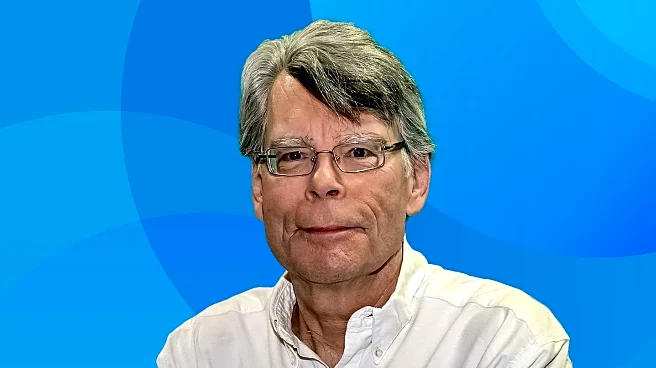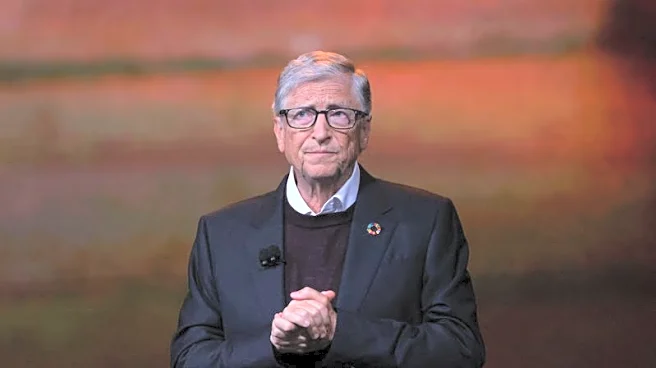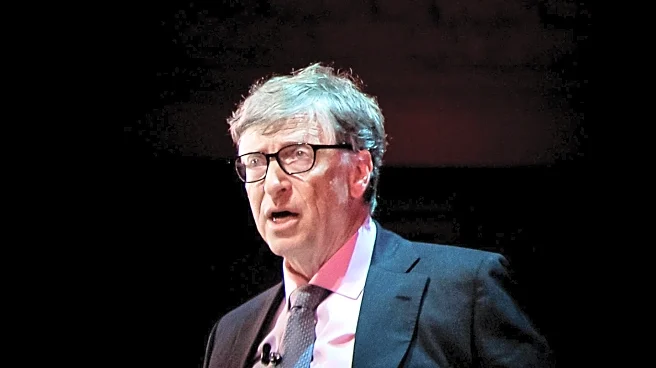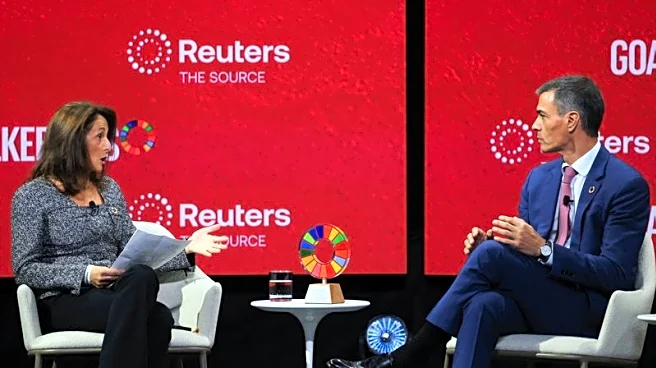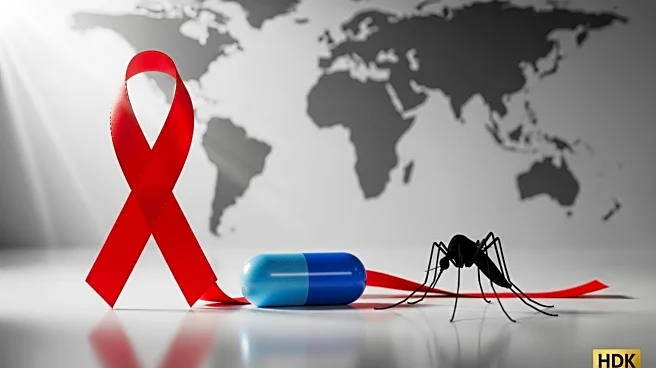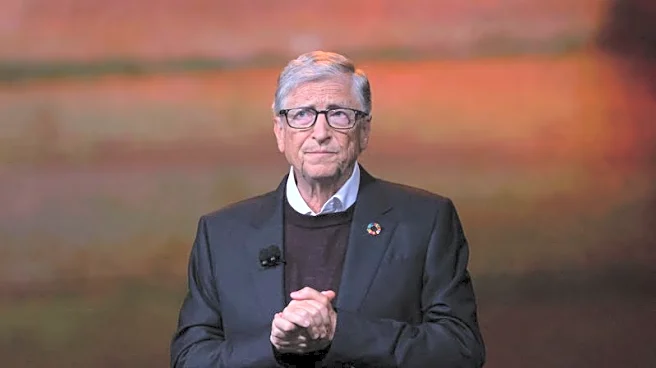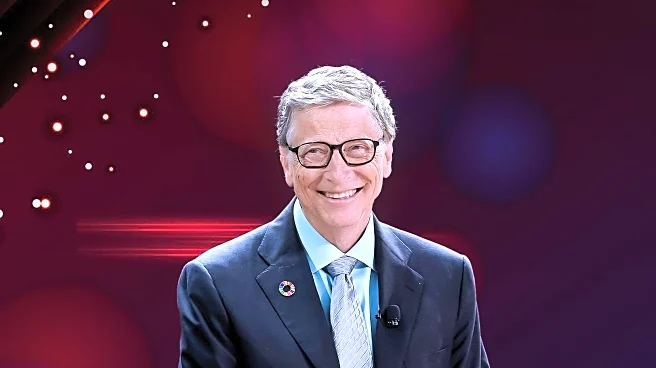What is the story about?
What's Happening?
Bill Gates has announced a revised timeline for the Bill & Melinda Gates Foundation, stating that all its resources will be disbursed by 2045. This decision reflects a growing trend among philanthropists to 'give in time,' opting to reinvest their resources into society by a fixed date rather than establishing perpetual foundations. Gates' announcement comes amid heightened political volatility and urgent social needs, emphasizing the importance of mobilizing resources quickly. The foundation's new plan aims to support global health initiatives, particularly in light of reduced U.S. funding. This approach aligns with other foundations, such as the Stupski Foundation, which is also spending down its resources by 2029 due to alarming attacks on democracy, health, education, and food systems.
Why It's Important?
The decision by the Gates Foundation to spend all its resources by 2045 highlights a significant shift in philanthropic strategies, emphasizing urgency and immediate impact over long-term sustainability. This approach can catalyze rapid advancements in global health and other critical areas, potentially addressing pressing issues like climate change, political polarization, and inequality. By focusing on immediate needs, foundations can drive significant change and support initiatives that may otherwise struggle due to funding cuts. This strategy also encourages other philanthropic organizations to consider similar approaches, potentially leading to a broader impact across various sectors.
What's Next?
As the Gates Foundation moves forward with its plan to disburse all resources by 2045, it will likely focus on identifying and supporting high-impact initiatives that align with its mission. This may involve increased collaboration with other foundations and organizations to maximize the effectiveness of its funding. Additionally, the foundation's decision could inspire other philanthropists to adopt similar strategies, potentially leading to a shift in how philanthropic resources are allocated and utilized. Stakeholders in global health, education, and other sectors may need to adapt to this changing landscape, seeking new partnerships and funding sources to sustain their efforts.
Beyond the Headlines
The Gates Foundation's decision to spend down its resources by 2045 raises important questions about the role of philanthropy in addressing urgent global challenges. This approach challenges traditional models of perpetual foundations, which often prioritize preserving endowments over taking bold actions. By setting a deadline, the foundation can sharpen its focus and drive more impactful initiatives. This strategy also highlights the importance of risk-taking in philanthropy, encouraging foundations to prioritize immediate needs and innovative solutions. As more organizations consider 'giving in time,' the philanthropic sector may see a shift towards more dynamic and responsive funding models.
AI Generated Content
Do you find this article useful?


